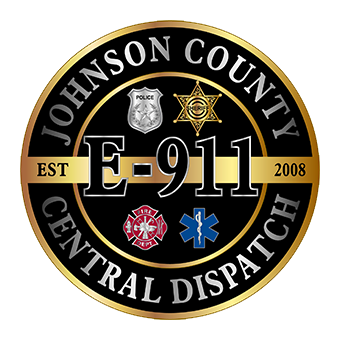Preparedness Planning
- Home
- Preparedness Planning
Preparedness Planning
While emergency responders and government agencies plan and train to respond to disasters of all sizes and types, it is critical for individuals and families to be able to sustain themselves until skilled help can arrive or vital services, such as electricity, can be restored.
Local Hazards
Johnson County is exposed to a variety of both natural and man-made hazards. Knowledge about such events provides you with an understanding of what to expect. Once you understand what to prepare for, a plan of action in pre-arranged steps can guide you and your family more safely through all types of emergencies.
- Thunderstorms produce strong winds, hail, dangerous lightning, and heavy rain. Severe storms can generate tornadoes without warning.
- Tornadoes are nature’s most violent storms. Spawned from powerful thunderstorms, tornadoes can uproot trees, damage buildings, and turn harmless objects into deadly missiles. They can devastate a neighborhood in seconds. A tornado appears as a rotating, funnel-shaped cloud that extends to the ground with whirling winds that can exceed 300 miles per hour. Damage paths can be more than 1 mile wide and 50 miles long.
- Earthquakes are the trembling of the earth’s crust, caused by underground volcanic forces or by fracturing and shifting of the earth’s tectonic plates.
- Floods can occur in low-lying areas due to rising rivers, creeks, gullies, and culverts. Floods can develop over a period of days.
- Flash floods can result in raging waters in just a few minutes due to heavy downpours. Flash floods carry a deadly cargo of rocks, mud, and other debris. Moving water only 6 inches deep can sweep you off your feet. Only 2 feet of water can cause a vehicle to become buoyant enough for the driver to lose control.
- Extreme heat and too much exposure to the sun’s rays can cause severe short- and long-term health problems.
- Winter storms can immobilize an entire region with heavy snowfall and extreme cold. The results can range from isolation due to blocked roads and downed power lines to the havoc of cars and trucks sliding on icy highways.
- Man-made disasters include hazardous material incidents (fixed or mobile facilities), plane crashes, train derailments, major highway accidents, terrorism, or nuclear incidents.
Planning in 3 Basic Steps
All-hazard planning is the key. In 3 basic steps, you can provide your family with the tools and information that they need to help them through a wide range of potential emergencies.
- A Family Disaster Plan will help you build your personal plan for what to do and how to do it! Learn about:
- The types of emergency situations to prepare for in Johnson County.
- Important details to include in your emergency plan.
- Family Disaster Supplies Kit: Now that you know what you need to do, make sure you have what you need to be able to do it! Get some tips on:
- First aid
- Food and water
- Personal hygiene
- Recommended supplies
- Storing supplies
- Make sure you have sources to receive emergency notifications. Don’t rely on just one system, as it may become damaged in an emergency. Think about the following:
- National Oceanic and Atmospheric Administration (NOAA) weather radio for all-hazard emergency alerts should be in every home and business
- Battery-powered radios for commercial emergency broadcasts
- Bookmark emergency information websites in advance

